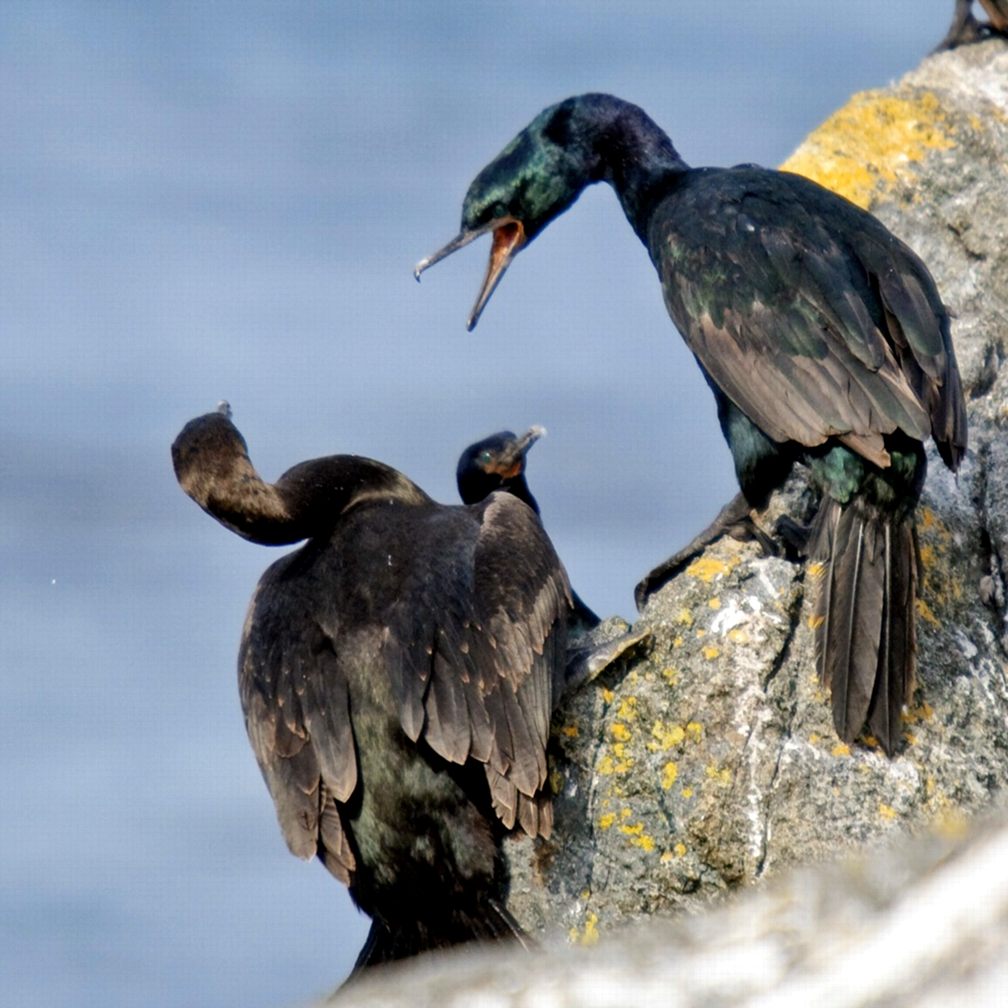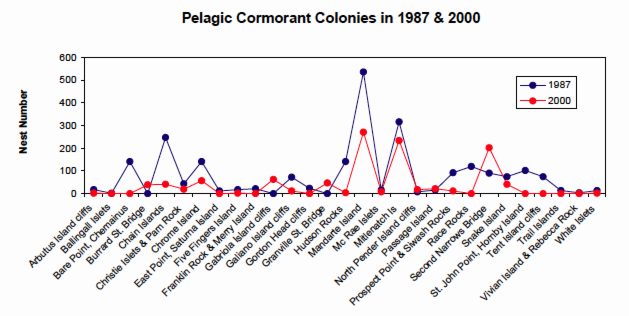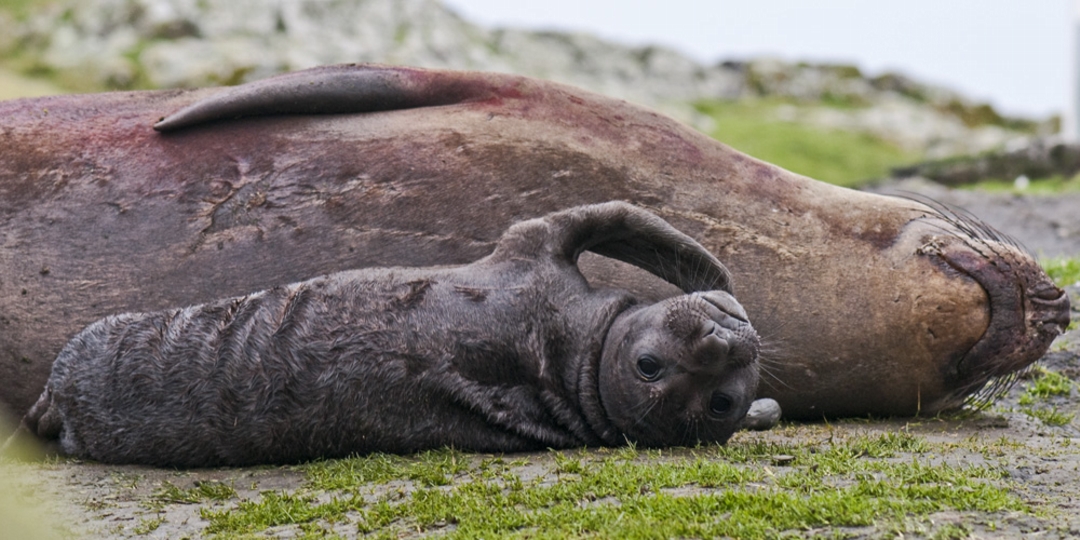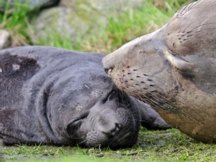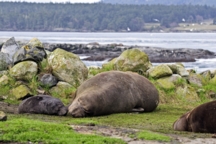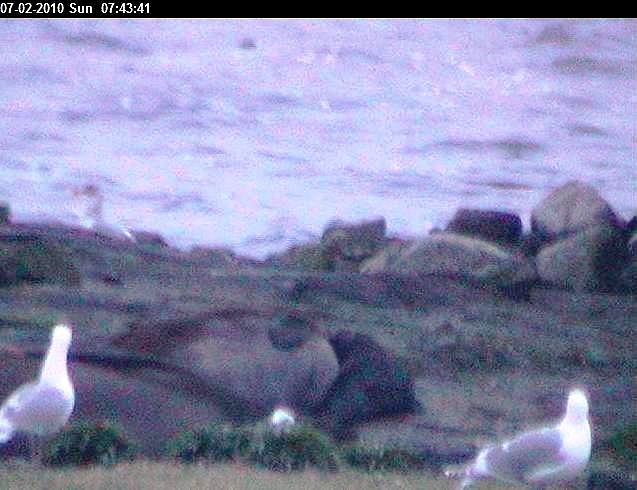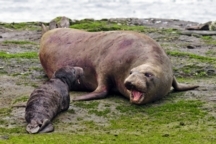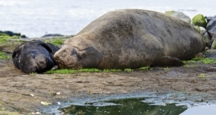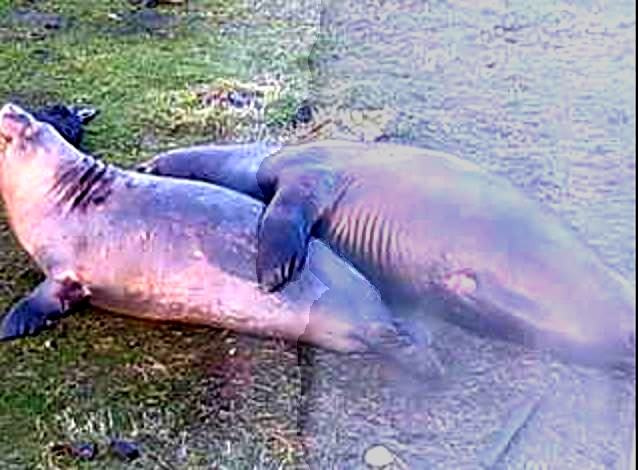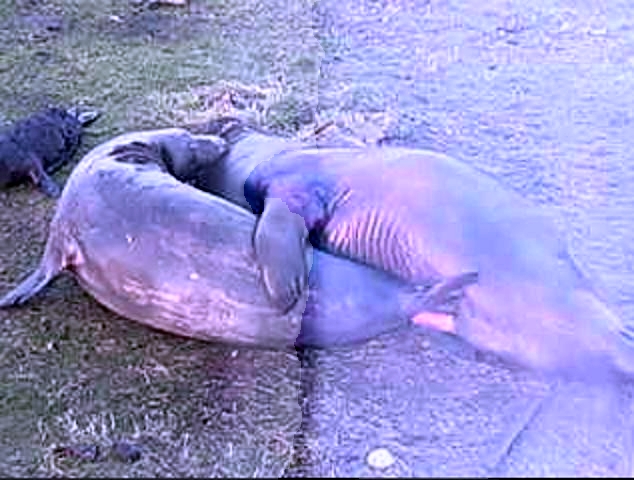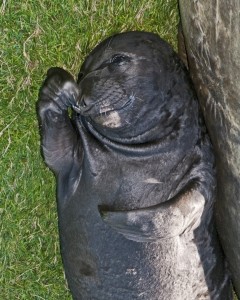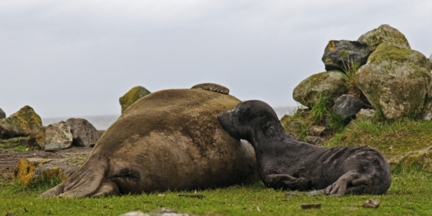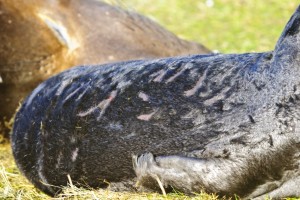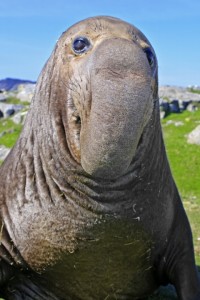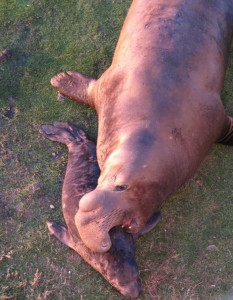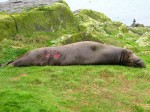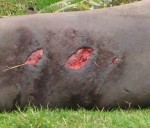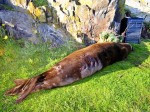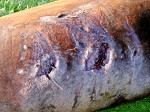CONTENTS of this File:
1. Background and Rationale for this report .
2. Figure 1: Amounts of DFO Race Rocks MPA Budget, Amount Spent
and Amount Remaining for each year .. 1999-2010
3. Table 1: Yearly budgets, 1999-2010
4. Figure 2: Detailed overview of DFO expenditures on Race Rocks
5. Table 2: Detailed overview table, 1999-2010
6. Figure 3. Pie chart showing expenditures for five categories.
7. Table 3. List of Individual Expenses for the Race Rocks MPA 1999-2010
8. Example of Ecotourism report done for First Nations :2006
(668 KB.pdf file)
9. ATIP Report : A200900266_2010-02-09_09-00-22.pdf (6MB.pdf file)
10. Analysis and Discussion
10b. Followup April 20/2010
11. Condensed version with headers removed, showing graphs.
12. RRPAB Resource Documents
ANALYSIS AND DISCUSSION:
Upon receiving this report, I was surprized to note several features:
1. The fact that there was a significant budget for the creation of the Race Rocks MPA almost every year from 1999 to 2010, when the RRAB (Race Rocks MPA Advisory Board ) had been effectively shut down in 2002.
2. The fact that in many years a significant portion of the budget remained unspent at the end of the DFO fiscal year when the process of management of this ecosystem and designate MPA was still being carried on by Lester Pearson College without any financial support from DFO.
3. The large portion of the cumulative budget over the 11 years that was designated for First Nations Liaison and continues to be designated, so far without any evidence of an outcome. ( process still ongoing as of Sept, 2011–)
4. The unavailability of written records showing the deliverables for most of the contracts.. hopefully in the interests of transparency and resource availability they are still to come from DFO.
5. When I made a request for the #8 report above: 2006 report on ecotourism, there was some concern about confidentiality expressed by DFO and then the pdf file referred to above in number 8 was released by DFO. This report, which it turns out after checking with the author of the document, was originally a generic power point presentation, which was never presented to the First Nations groups by the contractor. The simplicity and lack of quality directed a this specific case, represented by an expenditure of $19,000 is obvious. Furthermore, I consider the language and the content of the report to be patronizing to the First Nations who commissioned it and it only leaves me questioning the lack of oversight represented by this expenditure .
6. A request for further explanation of many of the contracts has been made to DFO and I will update this space if and when information is available.
7. The analysis for The Bowie Seamount MPA has so far not been done, but I plan on doing it as well as time allows in order to have comparative figures available.
8. One of the requests in my ATIP that they were not able to accommodate was for similar figures for the creation phase as well as the operation phase for the other MPAs in Canada, the majority of which are on the East Coast. I urge the DFO to make this available or if necessary other individuals to go through the ATIP process in order to retrieve this information and make it public.
9. I was struck by the fact that during the course of 11 years, not one cent was devoted by DFO to doing on the ground scientific research that could meet the GAPS in scientific knowledge that I identified early in the Pilot MPA process in April 1999 at the Race Rocks Ecological Overview Workshop . Furthermore, no funds were ever forthcoming for the ongoing operation of the designate MPA. ( Refer to year 2001 proposal )
10. As per a comment recently of one member of the current Advisory Board, “If DFO really is serious about public advice from an MPA Advisory Boards, It should make all information like this freely and easily available to the Board members.”
11. I would like to thank the individuals in the DFO Access to Information and Privacy office for their advice and cooperation during the process involved in this ATIP request.
FOLLOWUP:
On March 17, 2010, I sent an e-mail to our RRPAB representative from of the Oceans Habitat and Enhancement Division of Fisheries and Oceans Canada in Nanaimo. He had agreed by phone to help clarify some of the specific questions I had about some of the items in the list of expenditures. Below are the results of that query, with his responses in green.
Response April1, 2110
Based on discussion with my manager and our ATIP staff, I suggest that you submit your request for records outlined below through ATIP. In reviewing the records you’re requesting, I note that many of them are not in my own files. Further, going through ATIP provides greater certainty that the records you receive have taken into consideration confidentiality concerns.
I did quickly go through your list below with some responses that you may find useful in posing specific questions to ATIP. To the extent you can keep your questions specific, it would certainly help reduce the search time estimates. Also keep in mind though, that I have files from past staff in boxes. Though they’re labelled to some extent, if I receive an ATIP for files and I know those past staff have had some involvement in the programs relevant to the records, I’m obliged to include in my search estimates the time to go through the boxes that could potentially have relevant records. As mentioned below in a number of spots, I’m not familiar with some. By that, I largely mean that your description didn’t ‘ring a bell’ with me which would suggest that I won’t have the financial records associated in my own files.
1. I mentioned I am missing the March 31 2008 end of year report of expenditures which may have been lumped in with the Endeavour project number.
As mentioned in my email, fiscal year 2008/09 activities included only First Nations liaison work through Aaron Reith and the Socio-economic overview and analysis report (contract carried out by Sunderman). As I understand, those records were provided to you, but may have had a date of 2009.
2. Also although Lisa sent me the Endeavour /Race Rocks end of year summary for March 2009, It is difficult to separate RR from Endeavour in that one.. Is there any further clarification such as Total Line Object figures which may help me to pick out the Race Rocks specific expenditures.
As mentioned above, March 2009 relates to fiscal year 2008/09 and I’ve listed the items related to that year.
3. I have come across another report that I am unsure about:
Feb 20/01 M.Pakenham Conference Fees? $340.16
I believe he delivered a presentation to this conference as at least I have seen reference to it in a googled file , however it may be useful to have the whole presentation ( presumably a power point in pdf ) if it is still available.
I do not have this presentation. I would not be confident that it could be readily located. A conference presentation may also have limited utility. That is, I don’t know whether Marc would have written and followed speakers notes written in the presentation. It sounds like you’ve googled the conference, I would suggest the proceedings of the conference would potentially be at least as useful to you.
4. Mar30/00 CRD VEHEAP contribution $6000.00. What is VEHEAP ..of the CRD was anything produced as a result of this.
VEHEAP stands for Victoria and Esquimalt Harbours Environmental Action Plan. I don’t have records of this. Further, I would suggest that this was an activity more related to our Integrated Management Programs rather than Race Rocks.
5. Was a report made available from this: Jan29/02 Env.consult , Environment/Environnment 0500 726000008186 $10,000.00
I’m not familiar with this.
6. Is there documentation or report on this one? Apr9 Apr/02 sci/env consult Luanne Chew Consulting Services for Completion of MPA Design Reports.
$5000.00
I’m not familiar with this.
7. When it says ” as per attached statement of work” are those statements available and can they be made public.
as in
——–June 30/09-July13/09-Aaron Reith&Co Community Liaison for First Nations with Respect to the designation process for the Race Rocks Marine Protected area. See the attached statement of work
——Feb 05/04 –To suport the engagement of Select Douglas Treaty First Nations as per attached statement of work. $15,000.00
——and 17 Aug,18 July 2004 –Songhees First Nation Support the ongoing negotiations of select Douglas Treaty First Nations in SVI in Broad Discussions related to Marine Aquatic Resources /To support neg. with Fed and Prov. Gov’ts of a framework for the cooperative mgt. as per statement of work $25,000.00
That would be a question best dealt with through filing an ATIP
8. What is meant by protection services in this one? and to whom did it get paid?
Feb08, Jan 09/2005 Security Additional Meeting, Protection Services ( Guardians, Commissionaires, security Guards etc.) $5,000.00
I ‘m not familiar with this.
9. October 99 to December 2000 Axys Environmental Consulting.. Socio-Economic Overview of RR — Is this the same one we have been looking at recently? if not could we get a copy for our resource files.
This is the same as the Sunderman report provided to the RRPAB and referenced below.
10. It also is apparent that the socio-economic study update , I believe done in 2009 Prepared by:Randy Sunderman Peak Solutions Consulting Inc. Kamloops, BC does not seem to be included anywhere in the expenditures up to January 2010, so could you check on that.
I had understood that was provided in the ATIP. Again, you may wish to check the records provided for fiscal year 2008/09.
11. Dec 99-Feb 2000 Gordon Hanson & Associates Consulting…. was there a report produced for this, and if not what was the nature of the contract?
I’m not familiar with this.
12. The Canadian Hydrographic survey (done back in 1999, that used the multi-beam SONAR ) does not seem to be represented as far as I can determine. This is probably because it was done by another part of the department, could you check into whether that cost is available as it would be a relevant science portion.
You are correct, it would have been financially coded in Canadian Hydrographic Services (CHS) coding. It may have been Oceans funded, but there could have been a budget transfer to Science Branch for the CHS expenditure.
Thanks for your attention to this. I hope this is not too many questions to pursue. If you can’t resolve all of them we will have to live with that.
The above comments in the Analysis and Discussion represent the opinion of Garry Fletcher and are not to be interpreted as being the opinions of any other organization or individuals unless indicated otherwise. It is my hope that it can lead to a level of accountability in expenditure by DFO, and transparency to the public about this process.
Garry Fletcher
Victoria, BC
March 25, 2010
(updated April 20, 2010–GF.)

